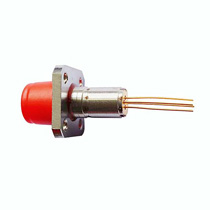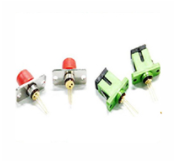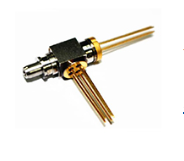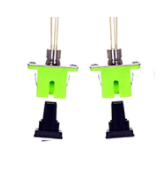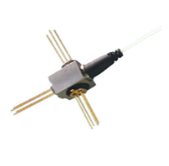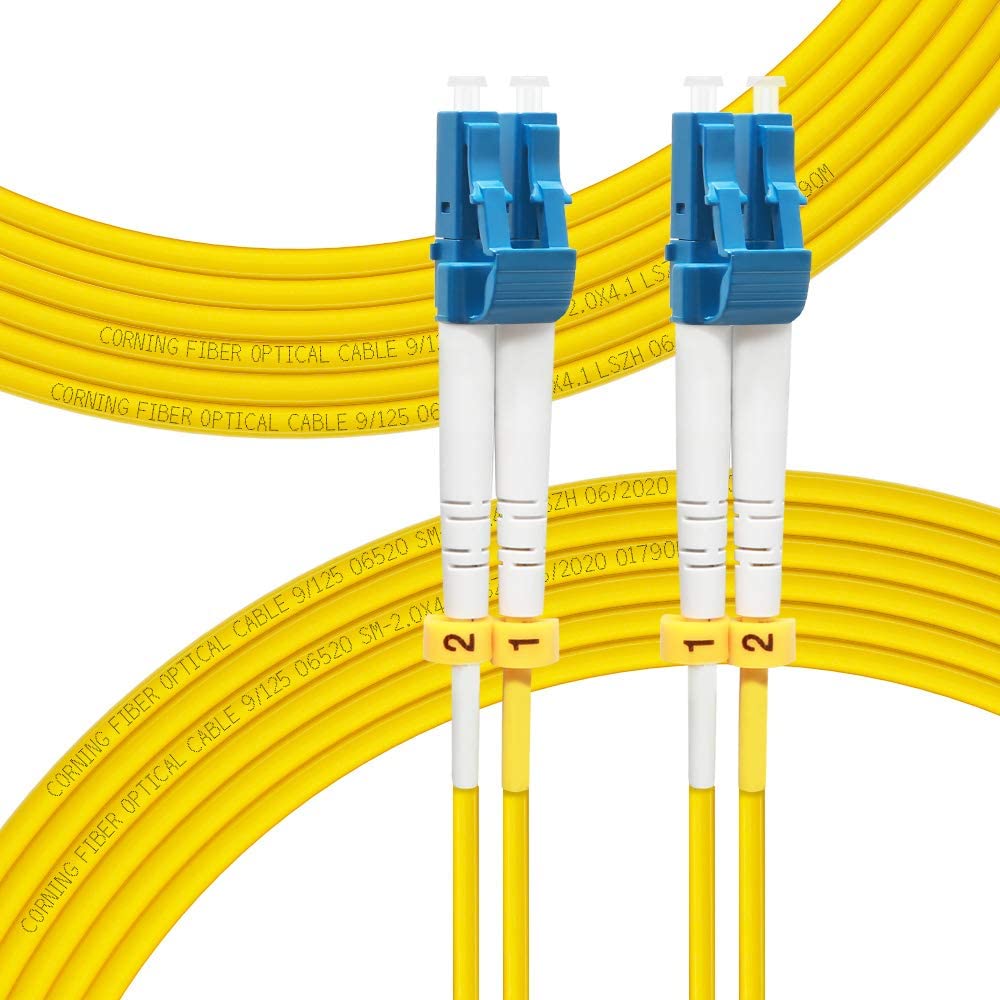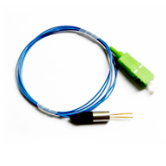How to Select Optical Modules for Switch Stacking?
Switch stacking refers to combining multiple switch devices that support the stacking feature together to logically form a switch device. The master switch is responsible for the operation, management and maintenance of the system. Other member switches can serve as backups of the master switch and process services at the same time. Once the main switch device fails, the system will quickly and automatically select a new main switch to ensure uninterrupted services. By stacking switches, high network reliability, large network data forwarding, and simplified network management can be achieved.
At present, there are three main switch stacking methods:
1, DAC high-speed cables are directly stacked.
2, AOC active optical cables are directly stacked.
3, optical module + fiber jumper stack.
Since DACs, AOCs, and optical modules can stack switches, when do you choose DAC high-speed cables/AOC active cables? When do you choose stacking of optical modules? Next, Next, we will answer for you.
First of all, DAC high-speed cables are cable assemblies with fixed lengths and modules at both ends. The modular connector cannot be separated from the copper cable. The modules at both ends of the DAC high-speed cable do not have expensive optical lasers and electronic components, and can only transmit electrical signals, not optical signals. Compared with AOC and optical modules, the price of DAC is much lower. This is a low-cost short-range connectivity solution that saves cost and power consumption in short-range applications.
However, the transmission medium used by the DAC is copper, which is susceptible to electromagnetic interference. Therefore, optical fibers are often used for long-distance signal transmission. Optical fiber is far superior to copper cable media in terms of insulation and isolation characteristics, and the transmission distance is longer. Generally speaking, in general applications, DAC high-speed cables are used to stack switches under 7 meters (usually switches within a rack), which can greatly reduce the cost. AOC active optical cable or optical module + optical fiber patch cord will be used to extend the distance between devices over 7 meters.
Secondly, the AOC active optical cable consists of an optical cable with fixed lengths at both ends and two modules, and the module and the cable cannot be separated. It looks like a DAC, but differs in how it is transmitted and where it is used. The modules at both ends of the AOC can provide photoelectric conversion with optical transmission. In theory, the AOC active optical cable has the same transmission effect as the combination of 2 optical modules + 1 optical fiber jumper, and the cost of AOC for the same transmission distance is slightly lower than that of 2 optical modules + 1 optical fiber jumper, but due to the fixed length of the AOC optical cable , the two modules are connected together, if the module fails, the entire AOC needs to be replaced at the same time, if one module fails, only one module needs to be replaced.
Therefore, AOC active optical cable is generally used for short-distance transmission in data room. Generally speaking, AOC can be used for distances within 30 meters, which can save costs.
In summary, DAC high-speed cables are generally used for practicality and economy, and DAC high-speed cables are used for data transmission or switch stacking under 7 meters. AOC active optical cable is used for switch data transmission or stacking between 7-30 meters, and optical modules + fiber jumpers are used for more than 30 meters.
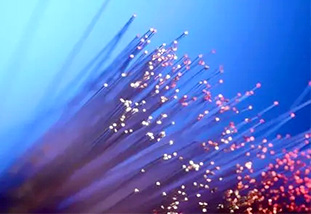 STL: Worsening fiber shortage may delay broadband deployment in Europe and America
STL: Worsening fiber shortage may delay broadband deployment in Europe and America
 How to Select Optical Modules for Switch Stacking?
How to Select Optical Modules for Switch Stacking?
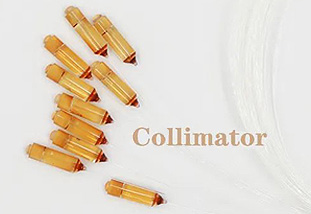 Detailed explanation of the relationship between the working distance of the collimator and the waist spot
Detailed explanation of the relationship between the working distance of the collimator and the waist spot
 In 2026, the global optical transmission DWDM equipment market will exceed 17 billion US dollars
In 2026, the global optical transmission DWDM equipment market will exceed 17 billion US dollars

